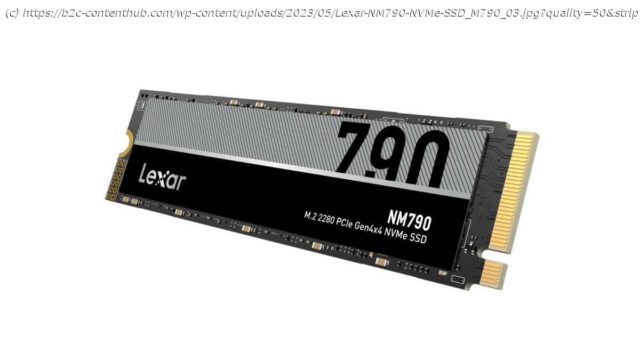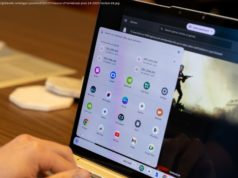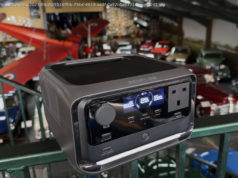A highly affordable Gen 4 NVMe that PS5 and PC owners should both be keen to purchase
Price When Reviewed
US price TBC
The world of NAND storage is standing on the edge of uncharted territories, with capacities and performance likely to grow significantly in the near future.
With Gen 5 drives taking the performance high ground but beyond the budget of many users, the market for Gen 4 drives is about to heat up. And if the new Lexar NM790 is anything to go by, for those in the NAND storage sector, prices are heading down, and the performance of even budget drives is going up.
This is all good news for the consumer, but is this the right time to invest in a PCIe Gen4 NVMe drive?Design & build
Simple design
No heatsink option
We’ve talked about NVMe drive design and how for the most part, the 2280 M.2 form factor has all but eliminated what small amounts of variation previously existed.
Therefore, it shouldn’t surprise anyone that the NM790 is a basic design with the NAND modules and controller on the upper surface, covered only by a thin sticker.
The underside has no visible components at all, hinting that the NM790 was designed to be as simple as possible to make and highly reliable.
Without a heatsink, this design will easily fit inside a laptop, PC, or PlayStation 5 – though if you want to use it in the console you’ll have to ignore Sony’s advice to stick to SSDs with a heatsink.
This is one drive where you might be willing to take that chance though: as we’ll talk about later, the power consumption of this drive is dramatically less than that of some other Gen 4 NVMe drives, and therefore it doesn’t generate the same amount of heat.Specs & features
Caps at 2TB storage
No hardware encyrption
Lexar is producing only three sizes for the NM790, offering it in 512GB, 1TB, and 2TB models. The lack of a 4TB drive is a disappointment, and we hope Lexar adds this and maybe an 8TB drive in the future.
Getting the maximum performance from this drive requires an NVMe 2.0 M.2(2280) slot that supports PCIe Gen 4 x4 operations. It will work in a Gen 3 slot, but you won’t experience the performance levels seen in our testing.
Prior to this point, we’d recommend that those with a PCIe Gen 3 slots buy drives designed for that interface, but with products like the NM790, maybe that advice needs updating. Because a Gen 4 drive will still perform well, it has better potential should you upgrade your system, and the prices of Gen 3 drives aren’t substantially less.
What this drive has that’s generally better than older designs is that it supports HMB 3.0 and Dynamic SLC Caching, enabling it to achieve and sustain high levels of performance using the RAM of the host system and the ability to convert NAND to cache memory dynamically.
For those with plenty of RAM and lots of space free on the drive, it is possible to sustain write speeds for large files without exposing the underlying speed of the MLC NAND on the drives to the user. An added bonus for the drive maker is that this avoids using expensive DRAM to perform the caching, which also consumes additional power.






